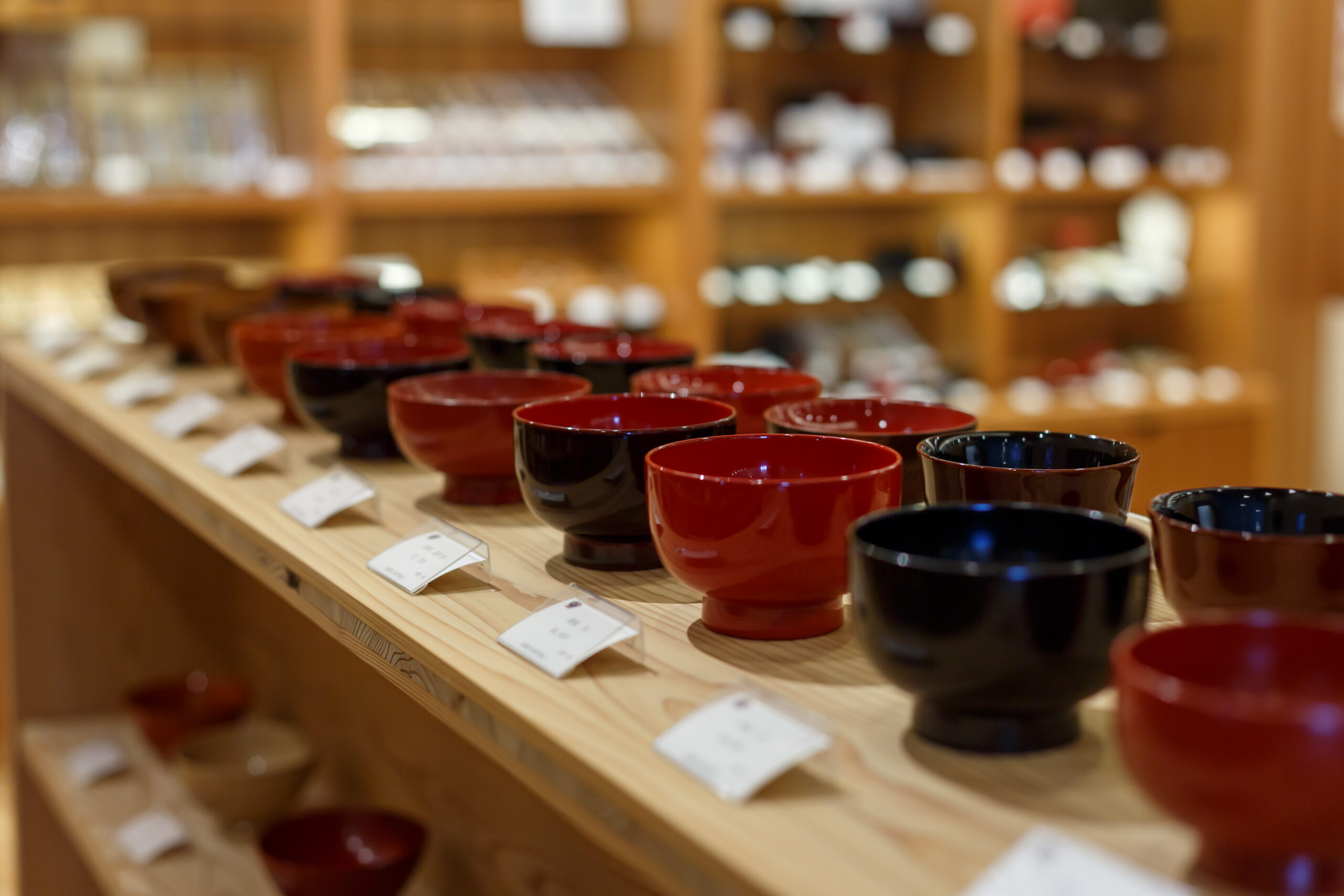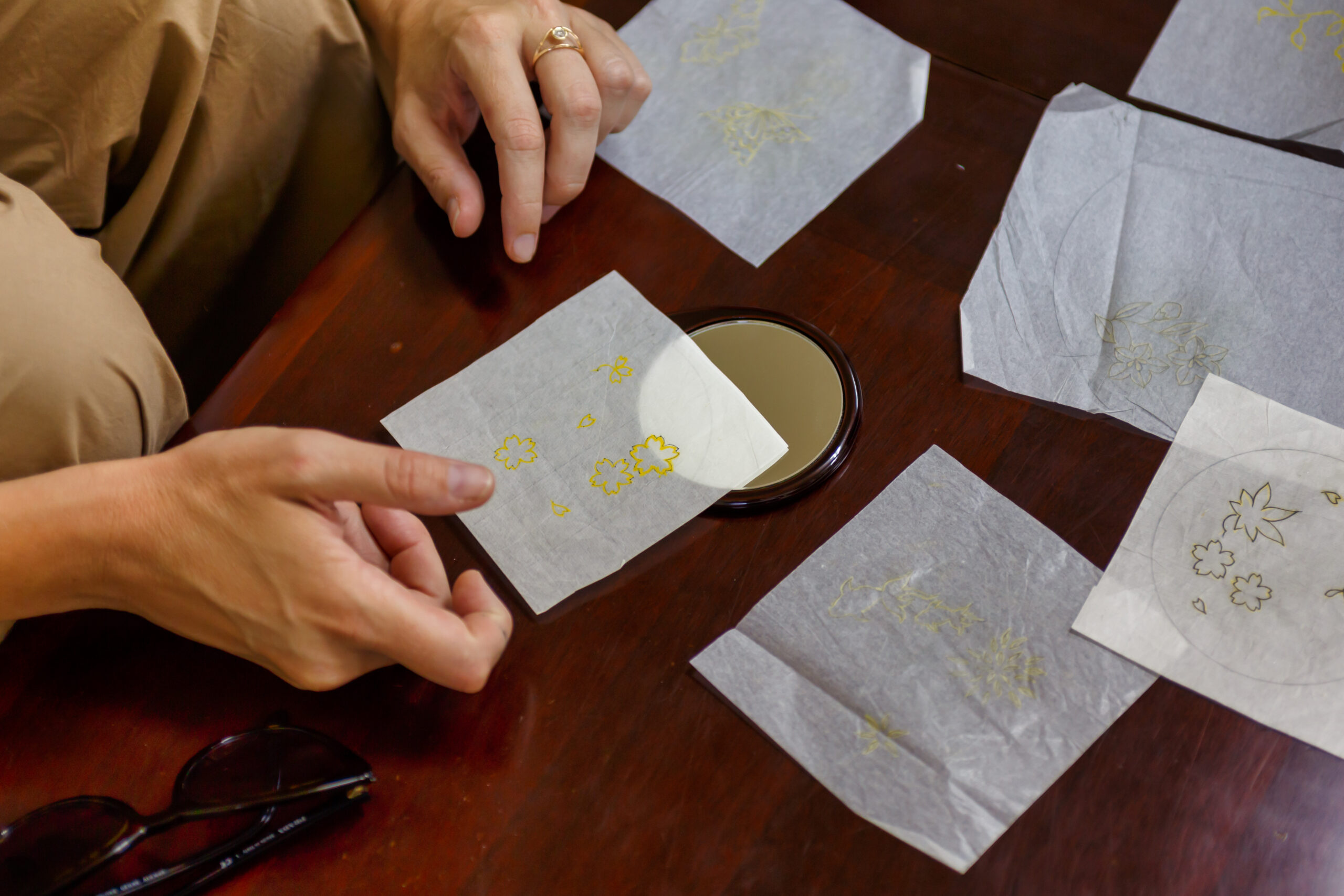- How do you perceive the introduction of contemporary design elements through this collaboration with Sabine Marcelis? What challenges or opportunities did this bring to the traditional Kawatsura Shikki craft?
Kawatsura Shikki, which has a history of 800 years, originated from applying lacquer to armor. Today, tableware is the most popular category, with bowls being the mainstay of sales. While our aim has been to craft practical lacquerware deeply ingrained in everyday life, a key challenge has been the absence of a definitive signature piece for Kawatsura Shikki. Due to focusing on generating sales, we tend to be hesitant in pursuing new initiatives. However, this time, delving into Sabine’s design, I sense we’re venturing into uncharted territory, harnessing the characteristic “hana-nuri” of Kawatsura Shikki to create something entirely new.
- Could you walk us through the specific techniques or processes that were adapted or innovated upon to accommodate the integration of modern design while maintaining the authenticity of Kawatsura Shikki?
Sabine’s design not only provided an opportunity to venture into a new category but also incorporated “hana-nuri”, a characteristic of Kawatsura Shikki lacquer technique, allowing us to uphold our techniques while venturing into new markets.
- What elements of Sabine Marcelis’ design approach or perspective do you find most intriguing or challenging to translate into the traditional craft of Kawatsura Shikki?
Lacquer develops character over time, a phenomenon we refer to as “aging with beauty.” We feel that Sabine’s design effectively captures the nuances of this aging process. One challenge we faced was the absence of sharp edges on the table. Typically, when coating large items like low tables, we apply the lacquer on flat surfaces. However, in this case, since there were no corners, the application process proved to be quite challenging.
- How do you see the outcome of this collaboration influencing the future of Kawatsura Shikki in terms of preserving tradition while embracing modern design?
This is not only true for Kawatsura Shikki but also for the lacquerware industry as a whole: there is a serious shortage of successors. Through this collaboration, we hope to shine a spotlight on artisans even more, inspiring more individuals to pursue craftsmanship. We’re confident that this will play a vital role in preserving our local industry.
- What personal or professional insights did you gain from working on this collaboration, and how has it impacted your perspective on your own craft and its evolution?
I’ve always prioritized the principle of ‘preserving the locality = protecting the artisans’ through my work. However, upon reflection during this collaboration, I’ve come to realize that I’d been so caught up in my day-to-day tasks that I hadn’t been able to implement tangible initiatives. This realization has reignited my commitment to the essence of craftsmanship, which lies at the heart of Kawatsura Shikki.
